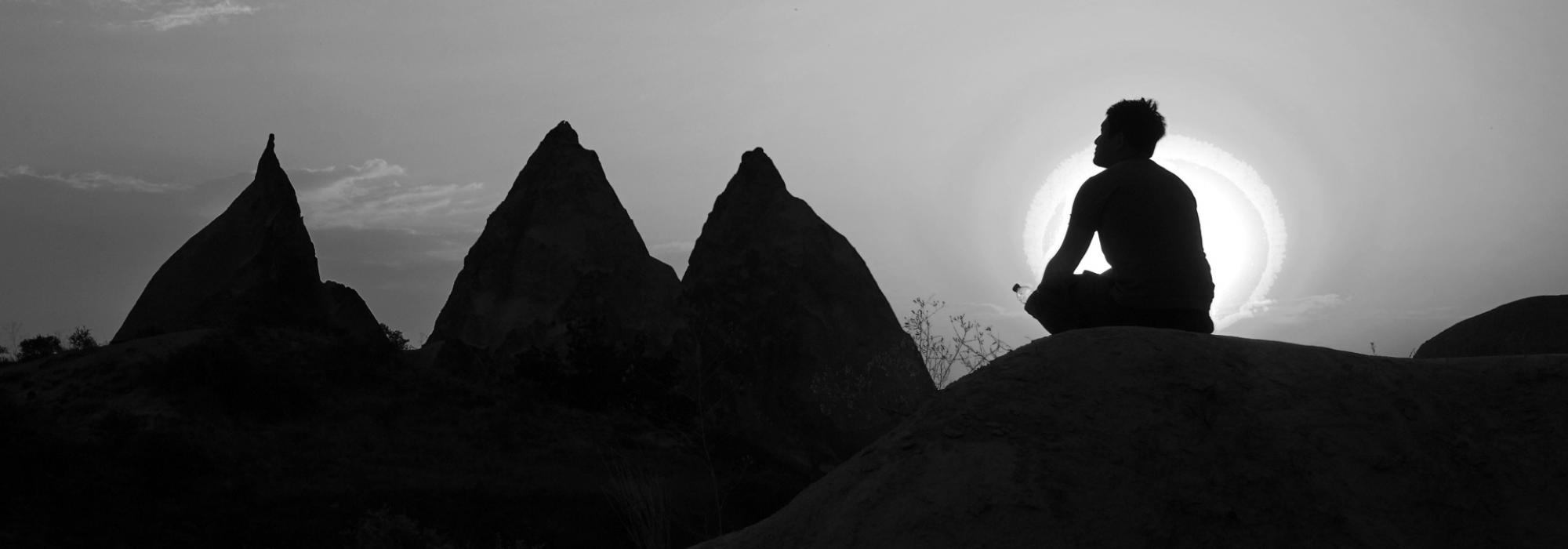Yudhiṣṭhira – Are there any instances in the past when a king attained siddhi, the ultimate accomplishment, even as he was a householder? And if so, what is the nature of the mokṣa that he attained? Kindly tell me, O grandfather!
Bhīṣma – Several years ago, there was a king named Janaka who was hailed as a dharma-dhvaja [in this context, it is possibly used in a positive sense, as ‘uplholder of dharma’ (literally, ‘dharma-banner’) but normally it refers to a religious hypocrite]. He ruled over the kingdom of Mithilā. He was a person well-versed in the Vedas as well as in branches of knowledge such as the mokṣa-dharma, rāja-dharma, and so forth. He was ruling the vast empire with complete control over his sense organs; he was a man of self restraint. At one point, a saṃnyāsinī [female ascetic] by name Sulabhā, who had heard a great deal about his qualities of detachment and self-control, desired to test him. And so, she changed her external form and went to meet him. It wasn’t that he didn’t recognize her true form. Whilst he spoke with her, he said the following words. “It is indeed vairagya—detachment—that is the primary means to mokṣa; and detachment comes as a result of jñāna, wisdom. I have become a siddha-puruṣa—an accomplished personage—by exhausting my ignorance, by becoming completely detached from all forms of companionship, and having transcended the various dualities in life. The soil that has been matured with the soaking of rainwater in the right amount vivifies the seed that falls on it and gives rise to a sprout; in a similar manner, karma makes the rebirth of humans sprout. However, a fried seed if planted in the soil cannot give rise to a sprout. Jñāna has fried and burnt the seed of my karma. Therefore it will not sprout, even having encountered sense-objects, which are conducive to the further growth of karma. Because I don’t have anger or passion, desires or hatred, I don’t have either sukha or duḥkha, neither comfort nor discomfort. If someone is applying fragrant unguents on my right shoulder, I deem him the same as one who is cutting and piercing my left shoulder. Since I find no purposes or goals in the material world, I see no difference between mud, stone, gold; they are all equal in my eyes. The only difference between me and any other saṃnyāsi is that I happen to be ruling a vast empire. As a means to attain mokṣa, I am not hell bent on adhering to the path of jñāna or the path of karma alone; instead, I simply follow the instructions of my revered guru Pañcaśikha; I sincerely follow his advice on all matters. If a saṃnyāsi who holds the tri-daṇḍa should attain mokṣa through the means of jñāna, why shouldn’t it suffice to bring mokṣa to a king holding a royal umbrella? If someone opines that the stage of a householder—the gṛhastāśrama—is faulty and therefore moves out of it, to jump to another life-stage, he will necessarily be subject to the fault of attachment to beings. And if that happens, even a saṃnyāsi will not get mokṣa. It is my understanding that symbols like ochre robes, shaven head, a kamaṇḍalu [a small vessel to hold water] and tri-daṇḍa in hand, and so forth are merely external in nature and not the causes for mokṣa. And if it true that irrespective of these external aspects mokṣa is only attainable through the means of jñāna, then solely focussing on these external symbols is worthless. And if one argues that all these paraphernalia are merely to make life easier for the saṃnyāsi then can’t we present a counter-argument that symbols like the royal umbrella and so on serve a similar purpose to the king? Mokṣa [liberation] is not attained merely by not having any possessions. Bandha [bondage] doesn’t naturally arise by having possessions. Irrespective of what one owns or doesn’t own, ultimately mokṣa arises from jñāna. It is true that I am occupying the throne of a kingdom, a royal seat; and my life revolves around dharma, artha, and kāma—universal ethics, means of fulfilling desires, and enjoyment—which are indeed the reasons for bandha. However, I constantly sharpen my tyāga-knife [knife of renunciation] on the moksha-whetstone and keep it ever-ready to sever all these bonds, thus remaining truly free.”
Śānti-parva concluded.
This is an English translation of Prof. A R Krishna Shastri’s Kannada classic Vacanabhārata by Arjun Bharadwaj and Hari Ravikumar published in a serialized form.
The original Kannada version of Vacanabhārata is available for free online reading here. To read other works of Prof. Krishna Shastri, click here.

















































